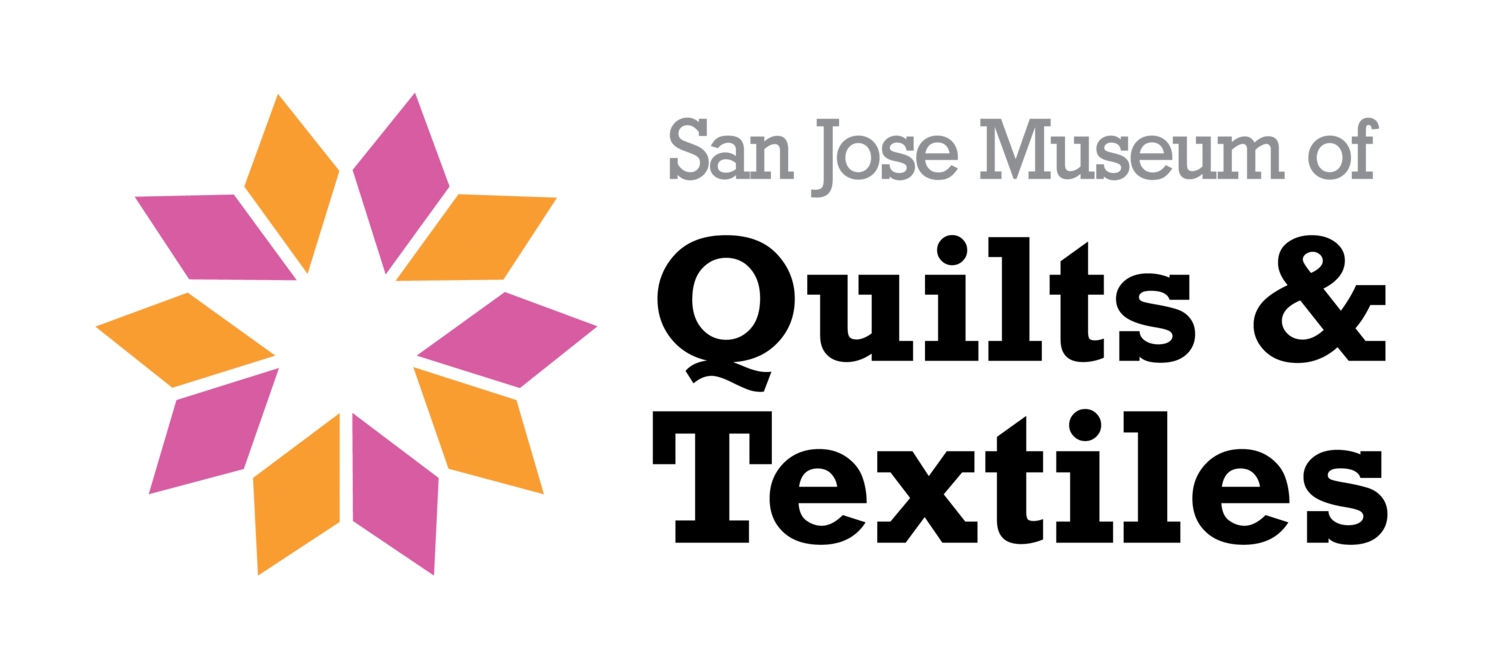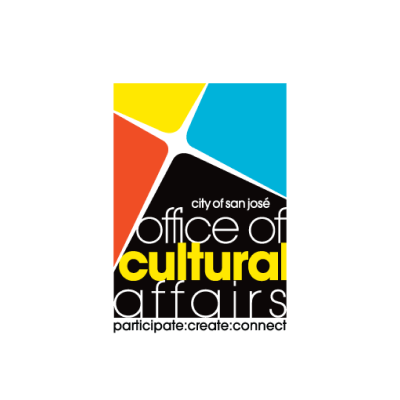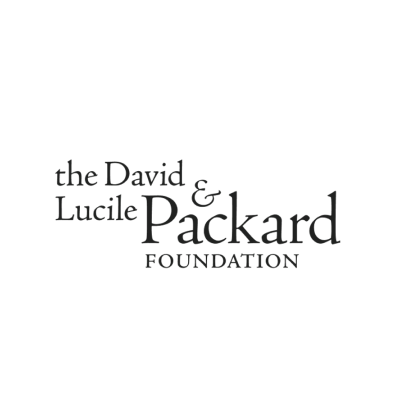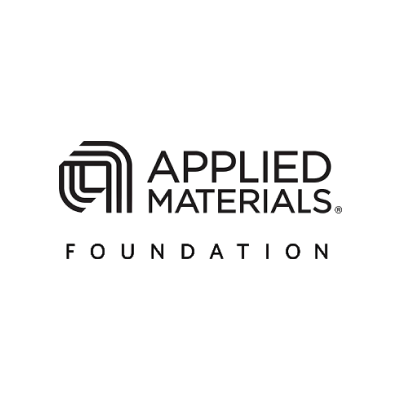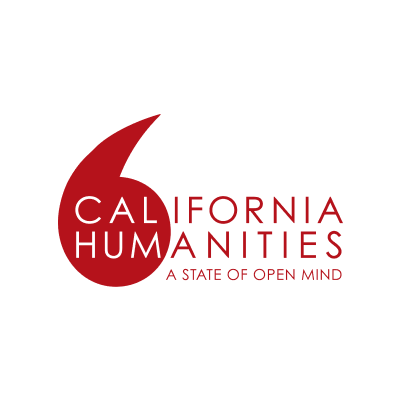The Collection
The permanent collection of the San Jose Museum of Quilts & Textiles contains over 1200 textiles and includes historic quilts, contemporary art quilts and textile-based art forms, as well as garments and textiles from world cultures. Currently the collection is not open to the public, and access is limited to scholarly research. Please contact us about scheduling an appointment.
Highlights of the collection include:
Linsey-woolsey whole cloth quilt, c. 1820
Mosaic quilt top made by Mary Tayloe Lloyd Key the wife of Francis Scott Key, c. 1830
Over 35 crazy quilts, including one made by the San Jose Auxiliary of the Ladies of the Grand Army of the Republic
20th Century quilts by designers such as Ruby McKim and Ernest Haight
A growing collection of studio art quilts that includes works by Michael James, Yvonne Porcella, Charlotte Patera, Joan Schulze, Therese May, Judith Content, Joe Cunningham and Linda Gass
The P&B Collection -- over 25 quilts commissioned by the company's founder, the late Irwin Bear -- representing many of the fabrics manufactured by this California company
An important group of woven tapestries featuring works from the San Francisco Tapestry Workshop (1977-1981), the Scheuer Tapestry Studio (1982-1991), and original works by the donor, Ruth Dundas
Work by notable California fiber artists like Flo Oy Wong, Katherine Westphal, Lillian Elliot, Marian Clayden, Ed Rossbach
The Porcella Collection of World Textiles illustrates the influence of world textiles on Bay Area fiber artists
200 molas from the Kuna people, native to the San Blas Islands of Panama
The Johnathan Shannon Collection including some prominent pieces of his art quilts and ones he collected from other quilters.
The Marbaum Collection, consisting of 87 art quilts collected by Marvin Fletcher and his late wife Hilary.
A key objective of the Collection is to recognize and promote an understanding of the central role played by Bay Area artists in the quilting and fiber arts revival during the second half of the 20th Century – a movement that continues today. The museum is currently focusing its collecting efforts in the following areas:
American historic quilts and European quilts that relate to American quilt-making traditions
Innovative contemporary and art quilts, with a particular emphasis on California makers
Contemporary wearable art that relates to contemporary fiber art
Modern and contemporary fiber art, post-1940, especially woven textiles, with a particular emphasis on California makers
Although world textiles will continue to play a role in exhibitions, whether borrowed or drawing on objects currently in the museum collection, the museum is not currently collecting world textiles.
